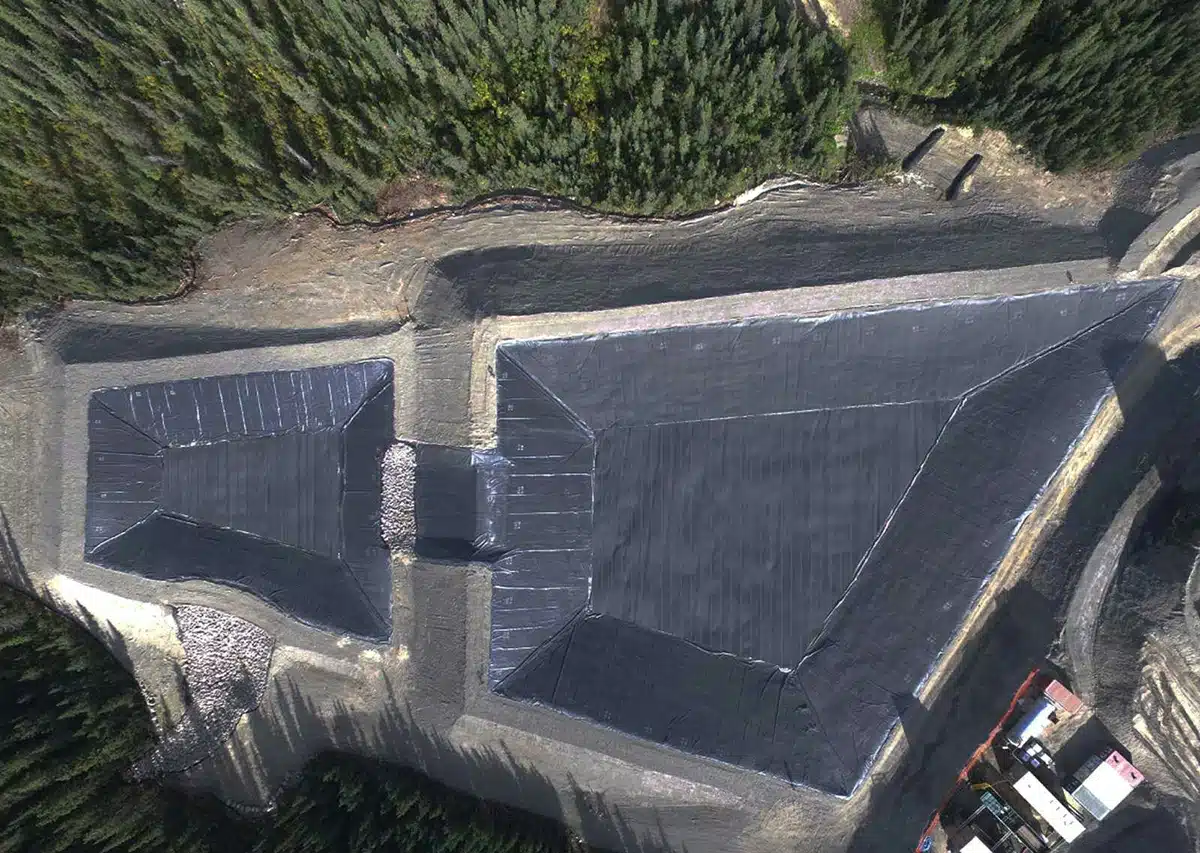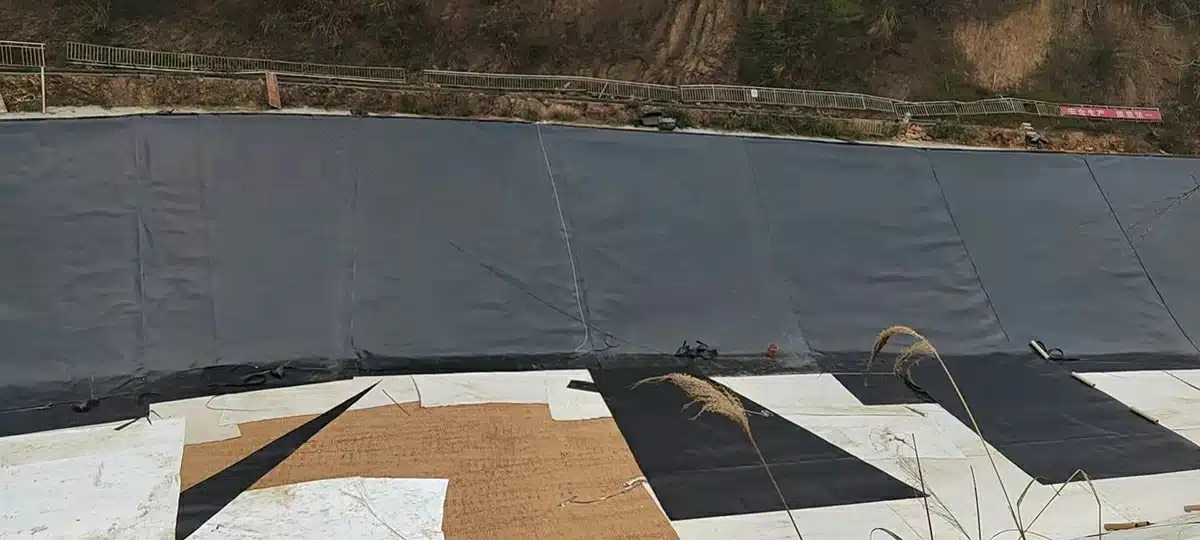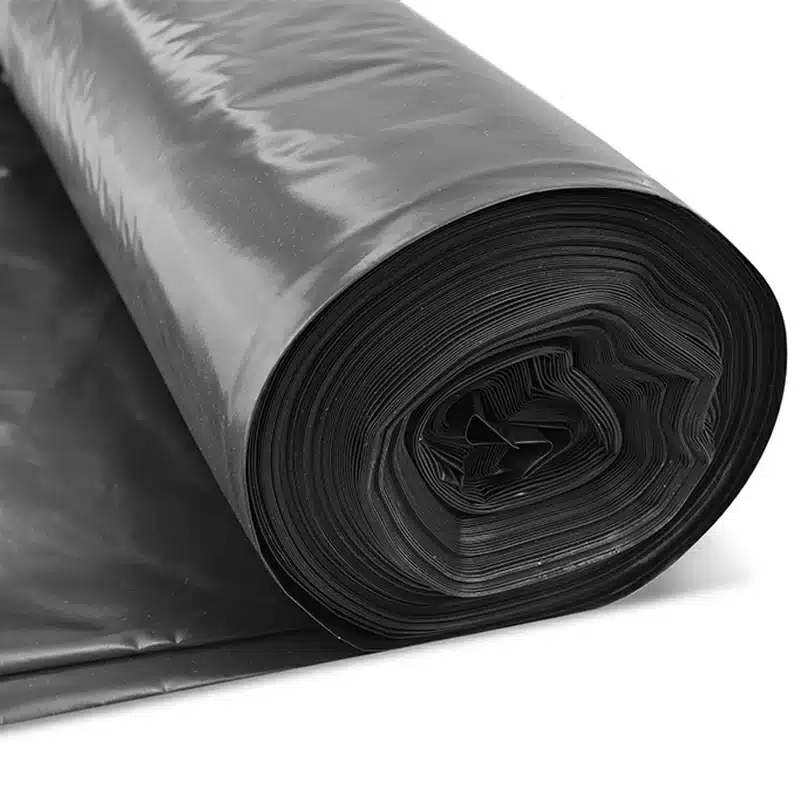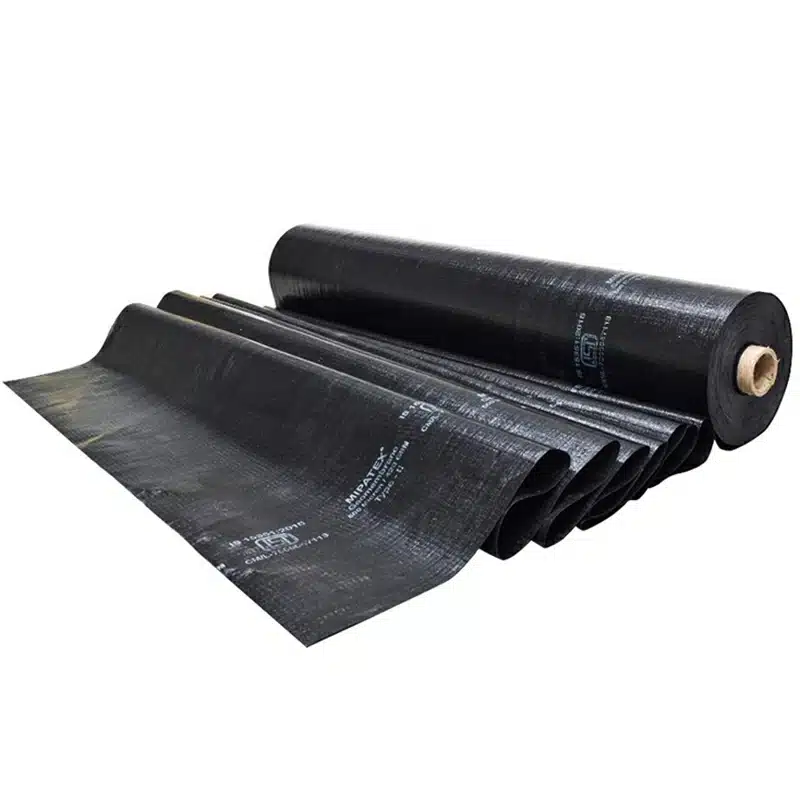Revolutionizing Environmental Protection with Geomembrane Materials
Geomembrane materials, including EPDM (Ethylene Propylene Diene Monomer), Linear Low-Density Polyethylene (LLDPE), High-Density Polyethylene (HDPE), Polyvinyl Chloride (PVC), and Polypropylene (PP), are revolutionizing the way we protect our environment. These synthetic polymers act as robust barriers to prevent the mix of liquids in landfill sites, ponds, and other critical areas, underscoring their pivotal role in environmental conservation and engineering projects. Delving into the composition, which spans from the highly flexible EPDM, known for its weather resistance, to the sturdy and chemically resistant HDPE and LLDPE, this article provides insights into why these materials are considered an indispensable part of modern environmental and engineering solutions. Additionally, the inclusion of PVC and PP expands the versatility of geomembranes, catering to a wide range of applications due to their distinct properties, such as PVC’s affordability and PP’s fatigue resistance.

What is Geomembrane Made Of?
Geomembranes, relatively thin continuous polymeric sheets, are engineered from synthetic polymers that boast high resistance to punctures, tears, and chemical erosion. These sheets are sometimes made from the infusion of geotextiles with asphalt, elastomer, or polymer sprays to enhance their protective properties. The most common materials used in their manufacture include High-Density Polyethylene (HDPE), Polyvinyl Chloride (PVC), Ethylene Propylene Diene Monomer (EPDM), and Polypropylene (PP). Each of these materials is selected based on the specific requirements of the project, taking into account factors such as flexibility, UV resistance, and chemical compatibility, to ensure the geomembrane’s effectiveness in a variety of environmental and engineering applications.
What is the Raw Material for Geomembrane?
The raw materials for geomembranes are primarily synthetic polymers derived from petrochemical products, including key components such as polyethylene resin, carbon black, and additives. These polymers, enriched with carbon black for UV stabilization and additives for enhanced performance, are processed and manufactured into sheets of varying thicknesses and densities. High-Density Polyethylene (HDPE), which incorporates polyethylene resin as its base, carbon black for increased longevity, and additives for improved properties, is one of the most widely used raw materials due to its durability, chemical resistance, and environmental stress crack resistance. Other raw materials include PVC, EPDM, and PP, each offering unique properties that make geomembranes versatile for various applications, thanks to the strategic inclusion of these essential components to optimize their function and resilience.

Why is Geomembrane Important?
Geomembranes play a crucial role in environmental protection and resource management, acting not only as a shield against harmful chemicals and waste but also as a critical moisture barrier for areas of excessive water. By preventing substances from seeping into the soil and groundwater, they safeguard ecosystems and human health. In water conservation efforts, geomembranes are strategically used to line reservoirs and ponds, effectively minimizing water loss due to seepage and providing a moisture barrier that is essential for maintaining the balance in regions prone to waterlogging. Their importance extends to the containment of hazardous materials in landfill liners, and in the construction of artificial lakes and ponds, making them a cornerstone in sustainable development and environmental preservation.
What are the Applications of Geomembrane?
The applications of geomembranes are diverse and impactful, with a significant emphasis on environmental protection. In environmental protection, the application of geomembranes is widespread, such as in landfills, sewage treatment plants, power plant regulating tanks, and industrial or hospital solid waste treatment plants, where they serve as liners to prevent leachate from contaminating the groundwater. Beyond these critical areas, geomembranes are also extensively used in:
- Aquaculture: For pond liners to prevent water loss and maintain a controlled environment for aquatic life.
- Agriculture: In irrigation canals and water storage systems to reduce water loss.
- Construction: As an underlying material for roads and other infrastructures to stabilize the ground and prevent erosion.
- Mining: In leach pads for the extraction of precious metals, protecting the surrounding environment from contamination.
This broad range of applications highlights the essential role of geomembranes in sustainable development and environmental preservation across various sectors.
Geomembrane materials represent a crucial advancement in environmental protection and engineering. Made from durable synthetic polymers, these versatile materials offer solutions for safe water conservation, waste containment, and much more. As our awareness and commitment to environmental sustainability grow, the importance and applications of geomembrane materials are set to expand, paving the way for a more sustainable and environmentally responsible future.



Comments
Post a Comment